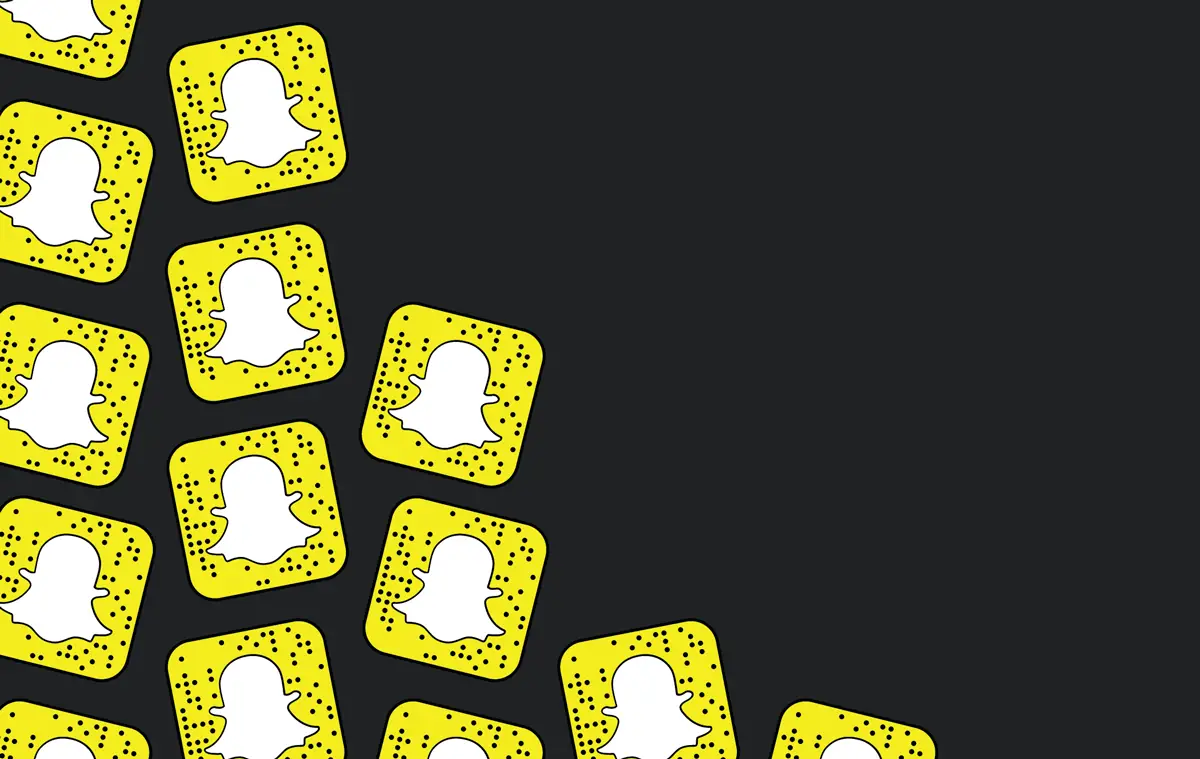If you’re reading this, you’ve probably just finished checking your phone for the latest on your favorite apps; for me, it’s Facebook, Twitter, Instagram and Snapchat. You tap into one, scroll for updates, exit and repeat. Most people find themselves doing the same thing, as more than 56 percent of online adults use more than one social media platform, so whether you love it or hate it, you can’t avoid it. The art of constantly checking (and checking again and again) the top social media sites is now a daily part of most millennials’ lives. However, the apps that are so deeply ingrained into our lives and society are embroiled in a competition.
For what, you ask? Well, dear reader, for your attention. One app in particular that is battling for your viewership is Snapchat. Within the past few months, the app has rolled out several different features, from elaborate face filters and geofilters to new-world lenses. This state-of-the-art technology allows users to post snaps with images built into the world around you, offering users an interactive, augmented reality experience. For me, a day hasn’t gone by where I haven’t seen a friend post a Snapchat video with the notorious dancing hot dog world lens.

Extensive Bitmoji integration has also been a highlight in the app. The personalized emoji app has had its presence known for quite some time, but now your Bitmoji can be seen on your Snapcode (a user’s unique, shareable code) and personalized stickers with friends’ Bitmojis can be sent in snaps. Another noteworthy Bitmoji addition was the introduction of the Snap map, which allows users to disclose their location to users that they’re friends with, in Bitmoji form. However, many people have voiced their concern over this feature, worried that the map will give valuable information to stalkers and the like. There are also heat maps on the Snap map, which allows users to see popular snap stories from local hotspots around them.
The list of features goes on and on, exciting users with every new development. The app offers various new gimmicks, like Snapchat spectacles, the Snapcodes that act as a user’s unique QR code and even the interactive stories published daily on the app by media giants like CNN and Buzzfeed.
Of course, we can attribute all of Snapchat’s new developments to the wonders of technology, but there’s another aspect to it—trying to remain on top. Seventy-nine percent of American internet users use Facebook, making it the most widely used social media platform, and 32 percent of users go on Instagram. As for Snapchat, over 400 million snaps are sent daily, with 9,000 snaps sent per second.
Another important set of statistics is ad revenue, which is the amount of money the platforms make from advertising. Facebook made $27.6 billion in revenue last year, while Snapchat is projected to make around $935.46 million in ad revenue this year. Even though each of these numbers is pretty big, there’s a stark contrast between the two, and they suggest an app’s overall viability.
In the world of technology, app developers have to keep pushing the envelope, striving to entertain users who have fleeting attention spans and even smaller amounts of storage on their devices. There are only so many apps that consumers can have on their phones, and they are forced to consolidate their content in order to keep their devices running smoothly. This is exactly where Snapchat’s dilemma comes in. Facebook and Instagram are beginning to adopt similar temporary-photo features onto their respective apps, which has been frowned upon by many.
When giants in the app industry, like Facebook and Instagram, are blatantly copying the features found on your app, there’s not much you can do except keep moving forward. And that’s what Snapchat has been trying to do, rather successfully. Snapchat CEO Evan Spiegel commented on the matter, saying, “You have to get comfortable with and enjoy the fact that someone is going to copy you if you make great stuff.”
When Instagram’s “stories” feature was first released, many people mocked the move, calling it out for what it was—a rather obvious copy of Snapchat’s famous twenty-four-hour photo feature. However, people gradually began to familiarize themselves with Instagram’s addition and it is currently being used fairly often (with two hundred million daily users to boot). Right now, Facebook’s own story feature is in the same early phases as Instagram’s was, but let’s be honest, as much as we make fun of it now, we’ll most likely be using it in the near future.

Once that move is made, what’s Snapchat to do? With its huge following (166 million active users as of May 2017) one might not think that the beloved ghostly app has much to worry about. However, competing apps may be stunting Snap Inc.’s growth. From January to March 2017, Snapchat added eight million new daily active users (DAUs) in the first three months of 2017, representing a year-on-year growth of 36 percent. During the same time in 2016, Snapchat was growing its DAUs by 52 percent. As time passes, people may justify deleting the app off of their phones because Snapchat’s features are already on other platforms.
Users may also delete for the sake of storage. Even though there may be the cloud, and a particular gigabyte amount of space, there never seems to be enough precious storage on your device. Furthermore, as apps become more and more refined in their graphics, the download sizes grow in megabytes, and we have to be choosy with which select applications we want on our phones.
In today’s society, one permanent fixture in the tech industry is impermanence. Even though public opinion may scorn developmental changes to beloved apps and social media platforms, people have to adjust to change. Such is the case with Snapchat and its competitors. Snapchat will continue to pump out different features onto its app in the hopes of maintaining users’ attention. All we can do is wait and see what’s next.

















